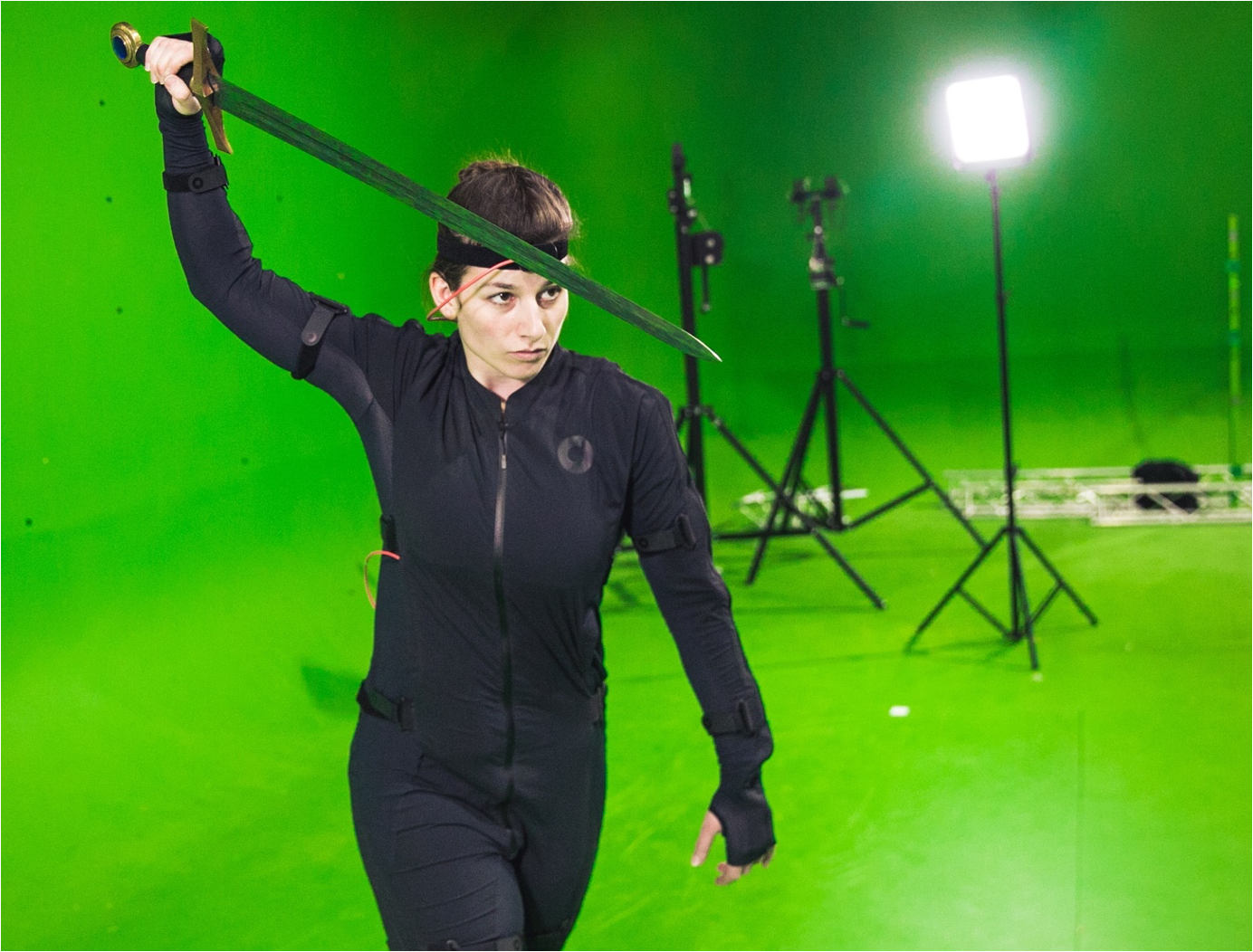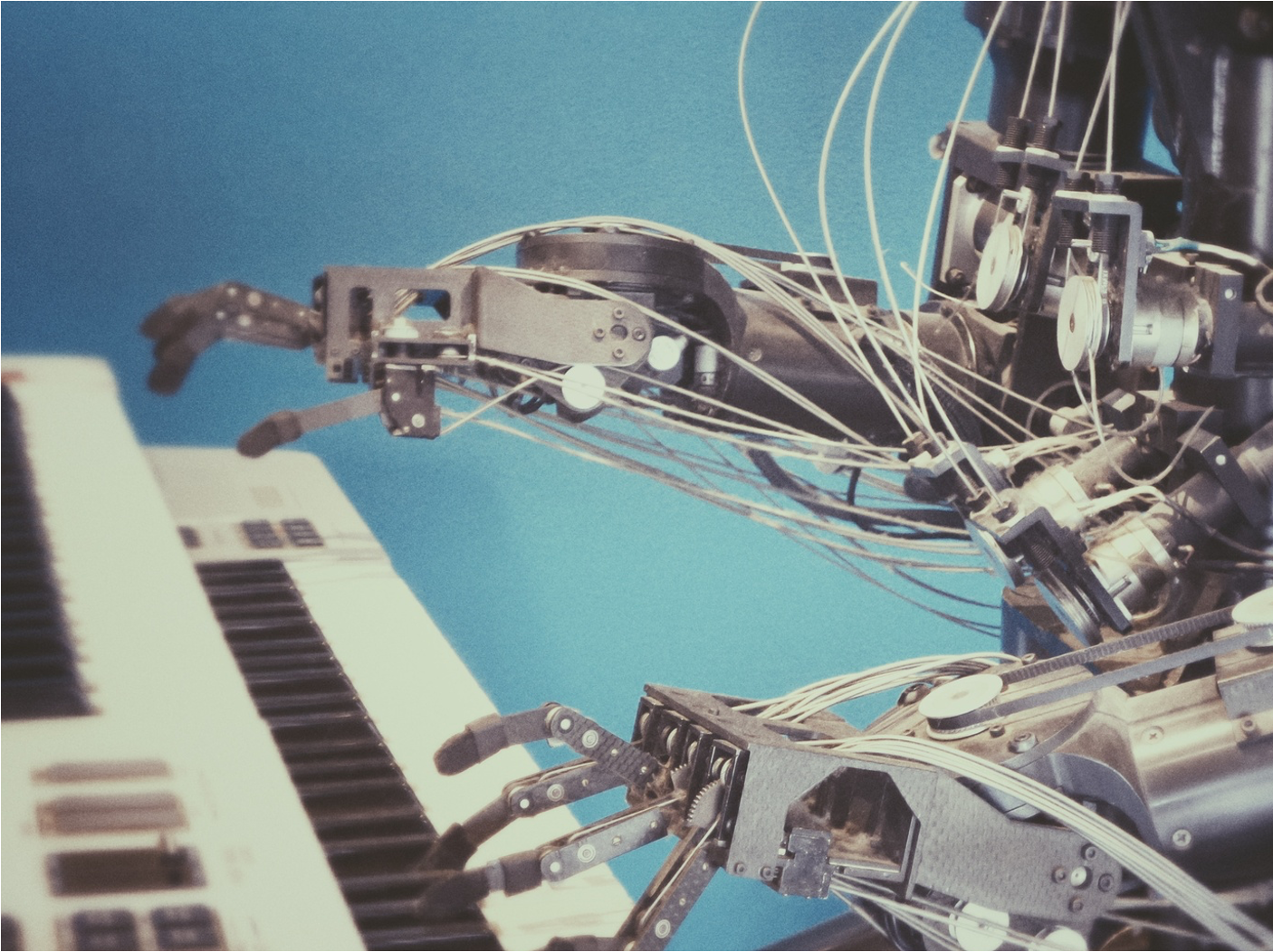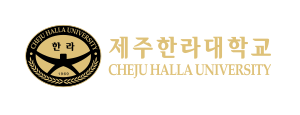Computer Vision
Motion Capture

Motion capture and motion synthesis are two crucial techniques in the field of computer graphics, animation, and virtual reality, enabling the creation of realistic and interactive character animations. They play a vital role in various industries, including film, gaming, sports, and medical applications. This introduction will provide an overview of motion capture and motion synthesis, explaining their importance and how they work together to bring digital characters to life.
Motion capture, often abbreviated as mocap, is the process of recording the movement of objects or people in real-time. This technique captures the position, orientation, and dynamics of a subject, typically using markers or sensors placed on key points of the body. These data points are then translated into a digital format, creating a 3D representation of the subject’s movements. Motion capture can be achieved through various methods, including marker-based, markerless, and inertial systems, each with their own advantages and limitations.
Motion synthesis, on the other hand, focuses on generating new, natural-looking movements for digital characters based on the captured data or other inputs. This process often involves blending and interpolating between different motion clips, creating smooth transitions and ensuring that the resulting motion appears seamless and realistic. Motion synthesis techniques can be categorized into two main approaches: kinematic and physics-based methods.
Kinematic motion synthesis models make predictions without necessarily satisfying physics constraints. These methods blend motion clips and concatenate them into a coherent trajectory, often using techniques such as motion graphs, motion fields, and recurrent neural networks. Parametric kinematic methods rely on time-series generative models, like variational autoencoders and autoregressive models, to maintain consistency in the predicted motion.
Physics-based motion synthesis, in contrast, generates motion predictions that adhere to the body dynamics and are informed by physics constraints, such as contacts and forces. These methods aim to produce more realistic movements by incorporating techniques like contact-invariant optimization, model-based sampling planning, and model-free reinforcement learning.
AI Music


